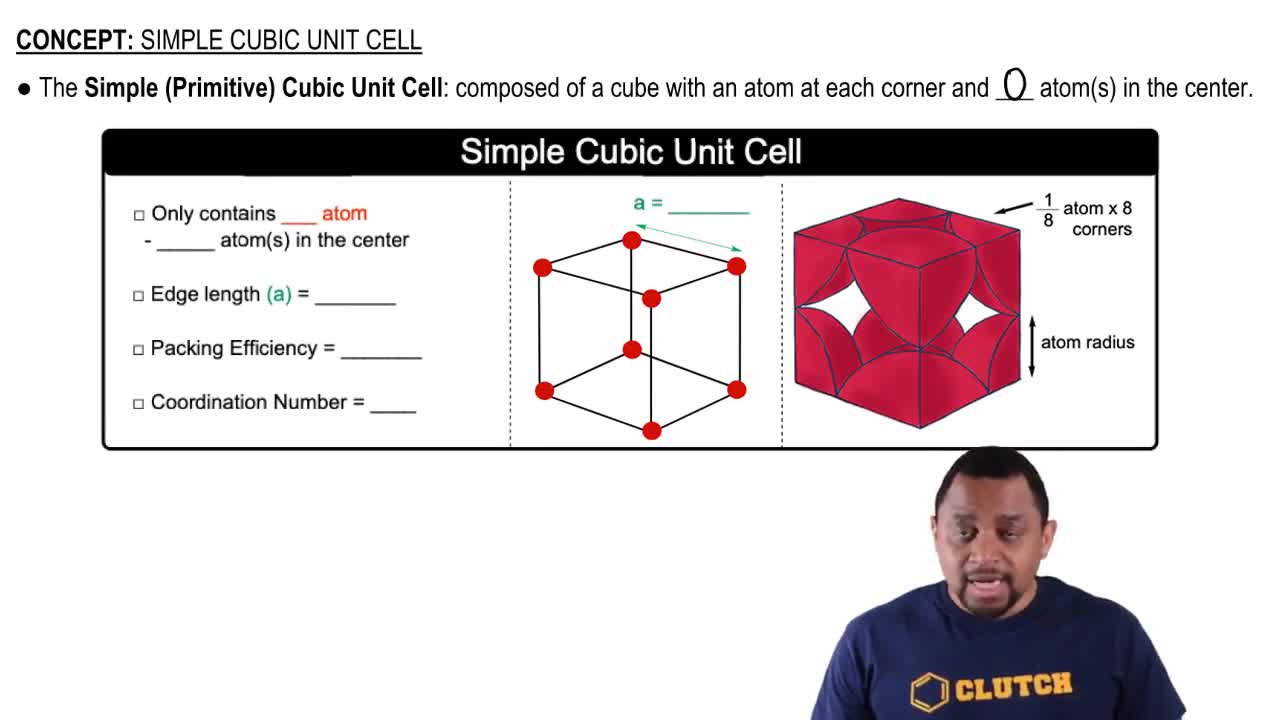Textbook Question
Diffraction of X rays with l = 131.5 pm occurred at an
angle of 25.5 degrees by a crystal of aluminum. Assuming
first-order diffraction, what is the interplanar spacing in
aluminum? (LO 12.2)
(a) 76.4 pm (b) 183.1 pm
(c) 305.5 pm (d) 152.7 pm
283
views





